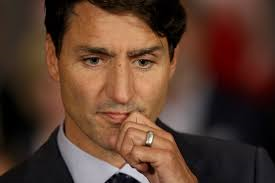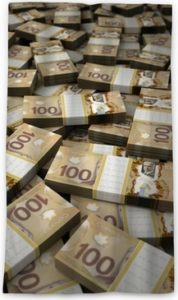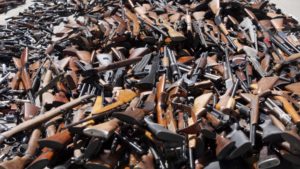The cost of gun bans, in lives and dollars
With the House resuming duties for the 43rd parliament this week, and Prime Minister Trudeau struggling under his weakened, minority government, the focus will likely be on national unity, western alienation and climate change – the most important issues facing the government according to news sources.

Gun owners know all too well what happens when a government struggles with various failures, it’s traditionally been a sure sign of impending gun control measures targeting the very people not committing the crime. A “channel changer” if you will. We’ve seen a massive increase in funding for the anti gun lobbies with everything from radio commercials for their pet activist doctors to trips to various city council meetings and committees. With the increased spending frenzy of the gun control lobby, the manufactured hysteria is reaching epic levels and with it, an ever-growing cry, no – a scream, for a national handgun ban. This is a measure that Trudeau himself was very clear about during the election campaign and has since been confirmed by Minister Blair’s office in the post-election aftermath – there will be no national handgun ban. What they did promise however, was a ban on “assault rifles”, a term yet to be defined and so we wait for the list of guns they intend to confiscate, by force, from Canadian gun owners. There is a promise of a “buy back” rather than the standard prohibition through grandfathering. Grandfathering is the traditional way the Liberals like to ban guns, a slow, eventual confiscation once the owner dies. This time, they promise to confiscate immediately, and financially compensate gun owners.

Let’s examine this.
In the Liberal plan to tackle “gun crime”: (page 82) we find a one-time expenditure of an extra $200M – that’s the estimated cost of buying back the approximate 250 000 guns Bill Blair wants to confiscate. That averages about $800 a gun, far below the “fair market value” promised by the Liberals. That also doesn’t account for the massive expense of disposing of a quarter of a million guns. That’s a substantial amount of polymer and steel that they would have to destroy, requiring staff, a plan, a method of destruction and the expense of disposal, not to mention the added expense of administering the program and enforcing it.

Imagine if you will, a mountain of guns, a quarter million in total – now, granted, these would be spread all across the country, so either they would have to be transported to a central location for destruction, or destruction facilities would be required from coast to coast. Administration of the turning over, evaluation and payment to gun owners who comply would itself require an army of staff. And what about those who didn’t comply within the two-year amnesty that was part of the platform? Is there a plan to commission police to go from door to door, confiscating, collecting and transporting semi-auto rifles to the destruction facilities? At what cost? Then there’s the cost of determining who hasn’t complied, what guns they own, where they are and allocating the offenders to the pre-determined “collectors” (law enforcement). Imagine the detriment to the relationship between gun owner and law enforcement, gun owner and politician, gun owner and the general public, as the gestapo go door to door, confiscating guns from people who have owned them, without issue, for decades, some for generations, handed down by those we’ve loved and lost, now headed for the smelter – heritage and inheritance be damned.
The cost of all this, in dollars? – immeasurable. Well into the half billion mark, and that excludes handguns. Add the over 1 million legally owned, registered handguns and you would set the spending mark into the multiple billions of taxpayer dollars.
And what of the business end of this radical mass banning and confiscation plan? Surely there would be a financial impact to the over 4500 licensed firearms businesses and the 45 000 Canadians they employ. The industry alone accounts for a $5.9B contribution to the national GDP annually. Gun owners in the firearm sports also boast over $8.5B in consumer spending each year according to the most recent economic impact study from the Conference Board of Canada. Well over half of those businesses report a reliance on sport shooting to survive.
Do we ignore all of this in the name of virtue signalling? To what end would any of this make an impact? I myself have sat through the national Summit on Gun & Gang Violence and listened to the appeals for funding from community groups focused on at-risk youth intervention programs or trauma-related treatment for survivors, yet these cries fall on deaf ears in the political arena. The same people who would be willing to blow billions of dollars buying legal guns out of our locked, secured safes, tell these vital groups there is no funding. Would the billions wasted on a program to seize legal guns not be better allocated to these groups, or strengthening our law enforcement teams, or illicit smuggling prevention, or any myriad of worthy programs that would have a tangible benefit to the safety of the public?
So, in summary, gun bans result in a financial loss for the Canadian market, an enormous burden of cost to taxpayers, and they eat up available resources for groups fighting on the front lines every day to save their communities.
The cost here is real, and it’s measurable … not only in dollars, but in human lives.

We MUST do better.
Imagine all the good this country could do with billions of dollars of investment into our communities, our law enforcement agencies, our border services and mental health programs. Contact your MP and let them know you want your tax dollars to have a positive impact on the communities that need it most.
~Wilson

